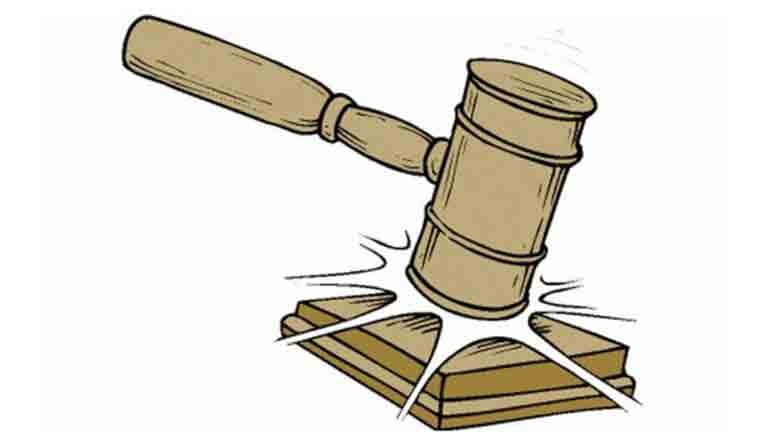The district judge recruitment preliminary exam conducted by the Madras High Court on April 7 was a revelation in itself. None from the 3,562 shortlisted applicants, including practising advocates, pleaders, assistant public prosecutors, civil judges and senior civil judges aged between 35 and 48 years, cleared the exam. These were applicants with a work experience of more than seven years.
The selection process involved three successive stages. The preliminary examination conducted in April was the first stage. It consisted of two papers on Civil Laws and Criminal Laws, and comprised 150 multiple choice questions each. The prelims were to be followed by a mains examination, scheduled on May 25 and 26. Analysing the applicants' skills for writing judgements, translating texts and writing essays on the current progress in the field of law is the objective of the mains papers. The mains examination consists of four papers, with a weightage of 100 marks each. This was was to be followed by a viva-voce.
The result throws some light on the knowledge level of the Bar members. While it is no secret that the quality of education has taken a hit in other fields, the level of degradation in judiciary is alarming. As law is nothing but common sense, the result is quite bewildering to the public at large and the litigant public.
All competitive examinations normally test the candidate’s knowledge and awareness, and hence, a candidate with mediocre knowledge on the subject will be ousted. The immediate reaction and excuse of the fraternity would be to put the onus on toughness of the question paper and the best possible way to test the veracity of this is to make the sitting judges appear for the exam as to know where the present-day justice delivery system is heading to. “The habit of reading law journals, newspapers and magazines in order to improve knowledge, communication skills and ability to comprehend are diminishing” said R. Ravikumar, a retired banker and now a practising advocate in the Madurai bench of Madras High Court. Like any other profession, constantly updating oneself professionally and skillfully are keys to becoming a responsible and socially-sound lawyer.
also read
- ‘To browbeat, bully others is Congress culture’: PM Modi after lawyers’ letter to CJI
- Husband giving time and money to his mother not domestic violence: Mumbai court
- Interim Budget: Rs 1,500 crore allocated for phase III of e-courts
- ‘Allow me to end my life’: Woman judge in UP writes to CJI over ‘sexual harassment’
With the rise of national law universities and with more than 50,000 applicants appearing in CLAT 2018, it is safe to conclude that youngsters are looking up to law as a promising career path. However, what is more surprising is where these law graduates are headed to. Most of the multi-national corporates offer a package of Rs 15-18 lakh per annum, and the bests are hired by these companies soon after their graduation.
These corporate firms promise great returns in terms of money. “It is the money involved in the corporate sector that drives us towards them. The more we work, the better the returns are,” says Rishab Pillai, a student of NLU Jabalpur.
However, the challenge is to keep up the quality of education. It is the responsibility of the Bar Council and higher judiciary to introspect the current scenario that fails to keep up with the dynamic nature of the profession.



